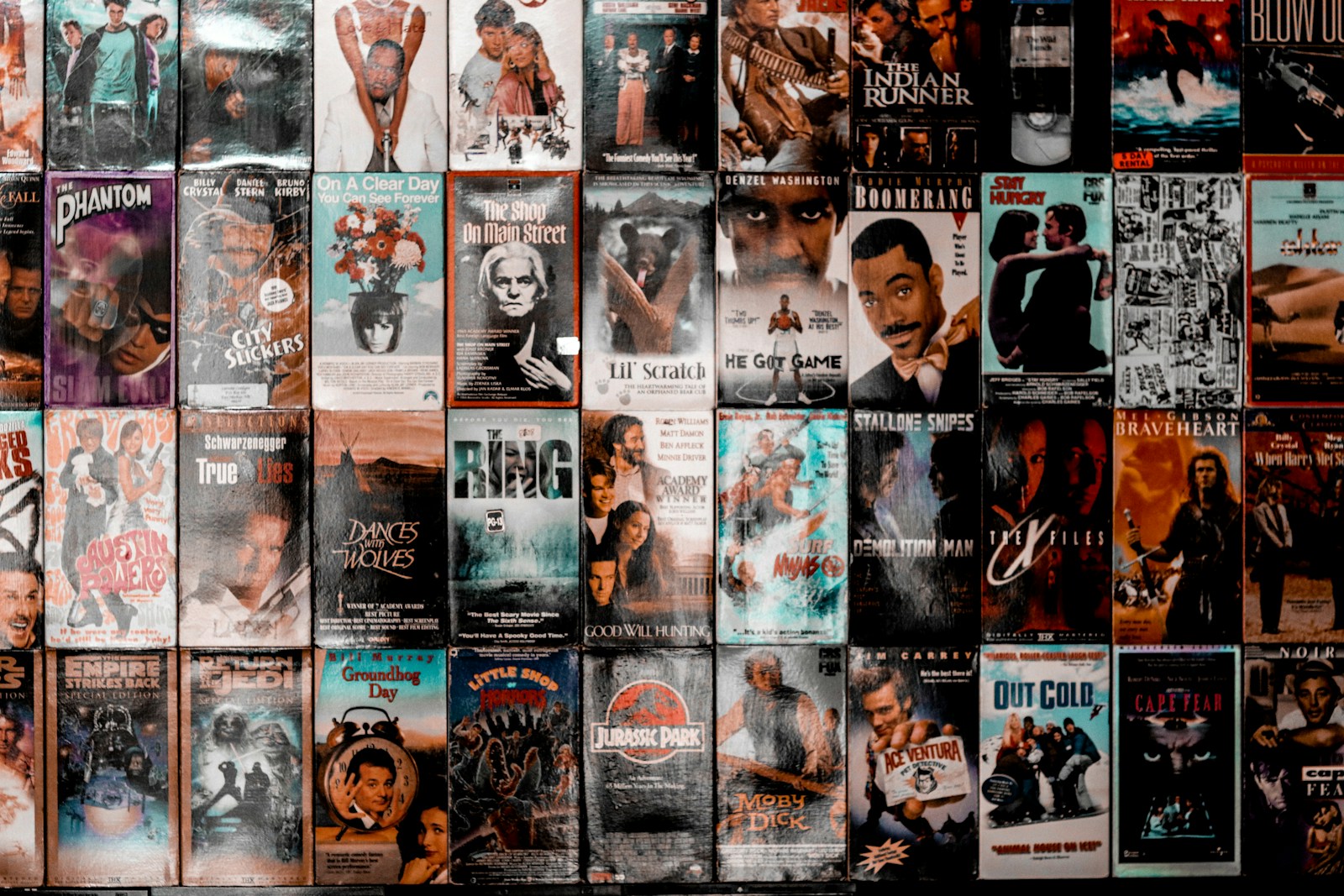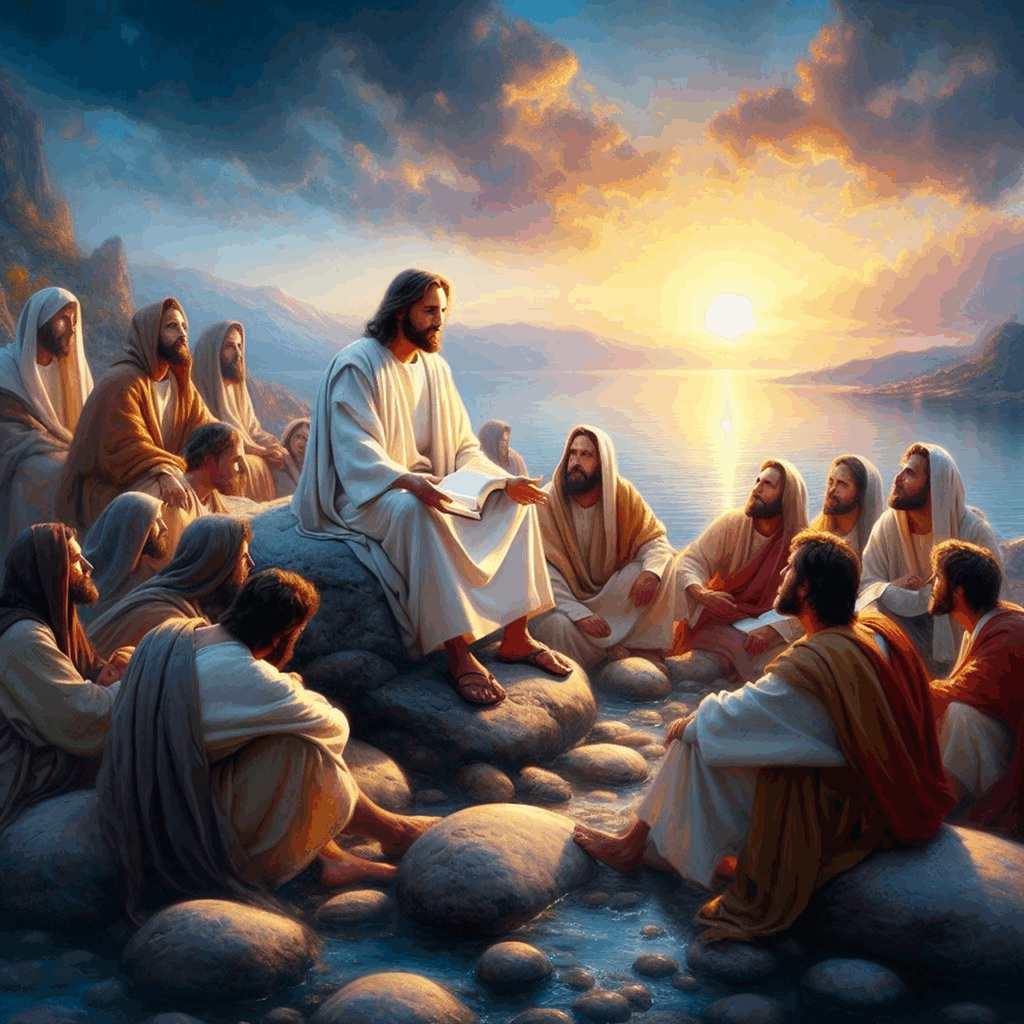
The concept of an afterlife has captivated humanity for millennia, sparking debates and inspiring countless stories across cultures and creeds. For many, the idea of heaven or hell remains a matter of faith, a leap into the unknown. Yet, for some individuals, the veil between life and death has momentarily lifted, offering glimpses that are so profound they reshape entire existences.
Near-death experiences (NDEs) stand as compelling narratives that challenge our understanding of consciousness and mortality. These are not mere dreams or fleeting illusions; they are accounts so vivid and impactful that they can fundamentally alter a person’s worldview, especially for those who, like the subjects of our story, once firmly dismissed any notion of a spiritual realm.
In this deeply compelling exploration, we delve into the extraordinary journeys of two men, both once staunch atheists, whose lives were irrevocably changed by what they encountered on the other side. Their stories, filled with terror, despair, and ultimately, an overwhelming sense of divine love, offer powerful testament to the transformative potential of such experiences. Prepare to hear accounts that defy conventional explanation and led these individuals from disbelief to unwavering faith and a life dedicated to ministry.

1. **Howard Storm’s Life as an Atheist Professor**
Before June 1, 1985, Howard Storm was, by his own admission, a man absorbed in a life that was “completely self-centered.” He was a prominent figure, serving as a professor and chairman of the art department at North Kentucky University in the USA, a renowned painter, and a sculptor whose work graced art galleries. His success, both professionally and financially, was undeniable.
However, beneath this veneer of achievement lay a firm and unwavering atheism. Storm believed that “lives were short and sweet and then you die, so the whole point was to be as successful as possible.” He saw himself as his “own God,” completely dismissive of any spiritual or religious concepts. For him, death represented nothing more than the absolute end: “the screen goes black, like in the movie theatre, you know? Says ‘the end,’ blackness, nothing.” His intellectual pursuits and worldly achievements were his sole focus, leaving no room for questions of faith or an afterlife.
This self-assured stance, common among many academics, meant that the very notion of God or an eternal soul was not only rejected but likely viewed with a certain intellectual disdain. His life was meticulously constructed around material reality, personal ambition, and the tangible results of his artistic endeavors. The events that would soon unfold were poised to shatter every foundation of this carefully built worldview.
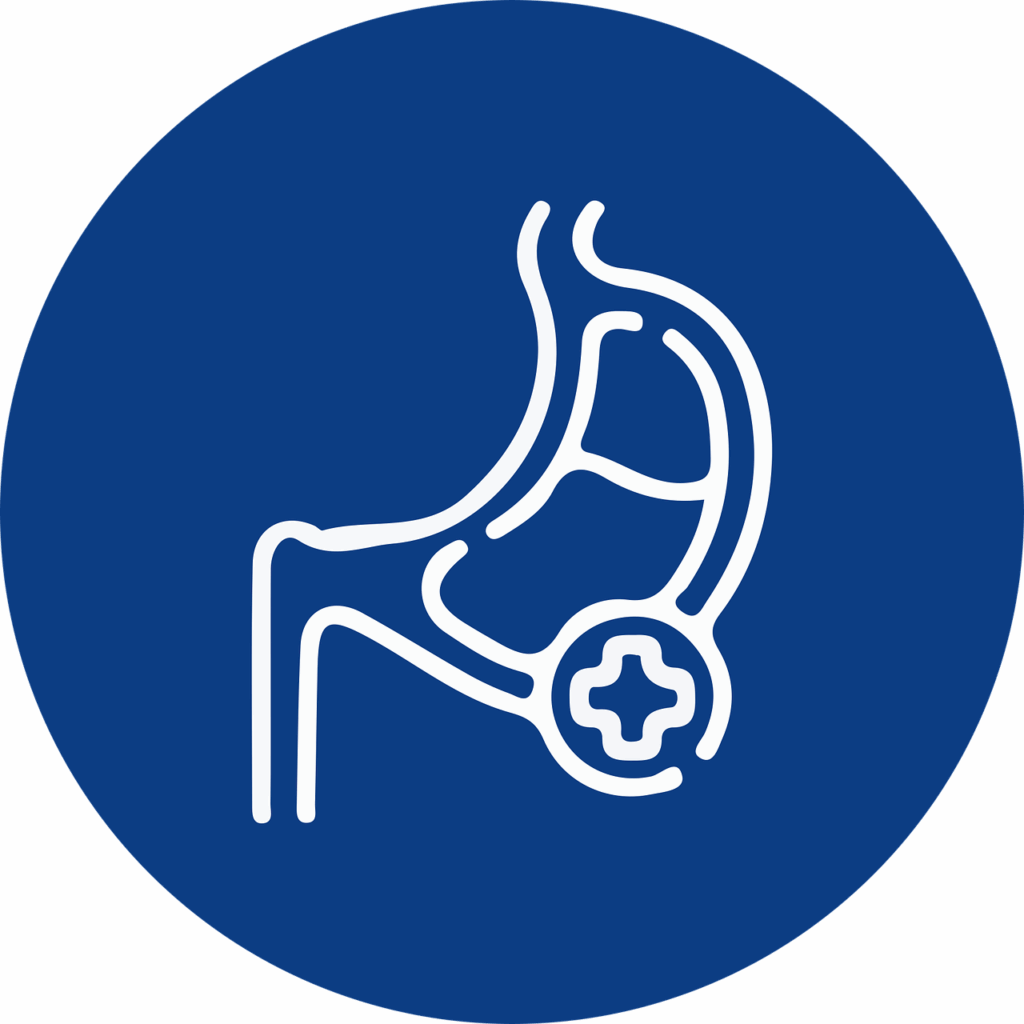
2. **The Sudden Collapse in Paris**
Howard Storm’s life took an unexpected and dramatic turn during a three-week art student trip to Europe, specifically on its final day in Paris. After an exhausting schedule of visiting galleries, museums, and archaeological sites, which left even his students fatigued, Storm was suddenly gripped by an agonizing pain. He described it as an intense sensation, “like, right there, bang, the most acute pain I’d ever experienced in my life,” leading him to initially believe he’d been shot.
Upon examination, he was diagnosed with a perforated duodenum, a life-threatening condition that required immediate surgery. Doctors at the French hospital informed him that without the operation, he would die. Despite the gravity of the situation, the hospital lacked an available surgeon, and even basic pain medication was withheld. Storm spent a harrowing ten hours enduring excruciating pain, begging for drugs that never came, while the nurses could only offer apologies.
At 38 years old, surrounded by the worldly successes he cherished—a loving wife, two children, a good job, and a thriving career—the thought of death was unbearable. His deeply ingrained atheist conviction that death was the absolute end made his predicament all the more terrifying. He had to say goodbye to his wife, who was by his bedside, before finally losing consciousness, believing that his life was indeed over.
Read more about: Unearthing the Lost Lore: How Key Deleted Scenes Would Have Radically Reshaped the Iconic Alien Franchise
3. **A Disembodied Experience and a Sinister Invitation**
What happened next transcended all of Howard Storm’s former beliefs about death. After an indeterminate period of unconsciousness, he suddenly found himself awake, sitting next to his hospital bed. The sensation was unlike anything he had ever known; he “felt wonderful,” describing himself as “overjoyed, amazed, thrilled, excited.” This feeling of profound well-being was accompanied by heightened senses – he could “see better, hear better, taste better, feel better” than ever before in his life.
It was then that he made a startling realization: the lifeless body still lying in the hospital bed was his own. He recounts the shock, stating, “But I couldn’t accept that, because it’s not. I mean, that’s impossible.” As he grappled with this unbelievable reality, he heard voices calling his name from outside the room. What struck him as particularly strange was that they spoke in English, despite being in a French hospital. The voices urged him to “Hurry up. We’ve been waiting for you. We know everything. We’ve been waiting and waiting, and it’s time for you to come with us.”
Assuming these individuals were hospital staff or perhaps had some connection to a doctor, Storm, in his disembodied state, decided to follow them. He left the “light of the room” and ventured into a “very grey, dank hallway” where the group remained partially obscured in the darkness. This decision, seemingly innocuous at the time, marked the beginning of an experience far more terrifying than any physical pain he had endured.
4. **The Descent into Darkness and Torment**
As Howard Storm followed the figures into the hallway, his initial assumptions about them quickly unraveled. What began as an officious and insistent escort (“This way, keep moving, hurry up”) soon evolved into something far more sinister. The journey stretched for what felt like “miles, and miles, and miles,” with no change in elevation, only an ever-deepening descent into profound darkness. The light from his hospital room receded completely, leaving him in a place of absolute blackness.
The demeanor of his guides deteriorated rapidly. Their officiousness morphed into crude and rude remarks, then into vulgarity, and finally, into outright hostility. “What’s the matter with you? Move, move faster. You’re too slow,” they goaded him. The verbal abuse escalated, making it chillingly clear that their intentions were malevolent.
Then came the physical assault. The shadowy figures began to attack him, “kicking, punching, pulling.” This quickly escalated into horrific acts of violence: “They started biting, and ripping, and tearing. And then they started invading me physically.” Storm describes reaching a point of utter helplessness, “completely torn apart, lying on the ground, unable to even move or defend myself in any way.” He was consumed by “complete defeat, completely depressed and in despair,” believing that “This is it forever, and ever, and ever with these horrible people.” This was his atheist’s terrifying encounter with what he would later understand as hell, devoid of fire but brimming with psychological and physical torment meted out by its inhabitants.
Read more about: In Front of the Lens: 12 Actors Whose Profound On-Screen Devotion Led to Unforeseen Personal Turmoil
5. **A Desperate Prayer and Divine Rescue**
In the depths of his utter despair, broken and without hope, a miraculous intervention occurred. Howard Storm heard an unexpected voice—not from his tormentors, but distinct and clear—commanding him to “Pray to God.” His atheist conditioning immediately kicked in, and his mind resisted, thinking, “I don’t believe in God, I don’t pray.” Yet, the voice persisted, growing stronger, “Pray to God!”
Desperate, he admitted he didn’t know how to pray. Again, the voice, now even louder, insisted, “Pray to God!” In that critical moment, his mind, almost involuntarily, flashed back to his childhood, to a vivid memory of himself as a little boy in Sunday school, singing the simple hymn “Jesus Loves Me.” He could not only see and hear it vividly but, crucially, “I could feel it vividly, that as a little boy, when I sang ‘Jesus Loved Me,’ I believed in him as a little boy.” This flicker of past faith, long suppressed, became his lifeline.
Taking an unimaginable chance, feeling utterly unworthy, Storm called out: “Jesus, please save me.” Instantly, a “tiny light” appeared in the pervasive darkness. It rapidly expanded, becoming “impossibly brilliant.” He emphasized its intensity, stating, “If it had been light as we experience light in this world, it would have consumed me. I mean, I just would have been burnt up.” From this incandescent light, “hands and arms” emerged, reaching down to touch him. In that touch, he experienced a miraculous restoration, seeing himself “come back together from the roadkill that I was,” becoming complete once more. This profound rescue filled him with a love “that I never experienced in this world,” as Jesus picked him up effortlessly, embracing him like a parent comforting a child. Storm wept “out of joy into his chest, slobbering all over him,” his skepticism shattered by an undeniable presence of divine love.
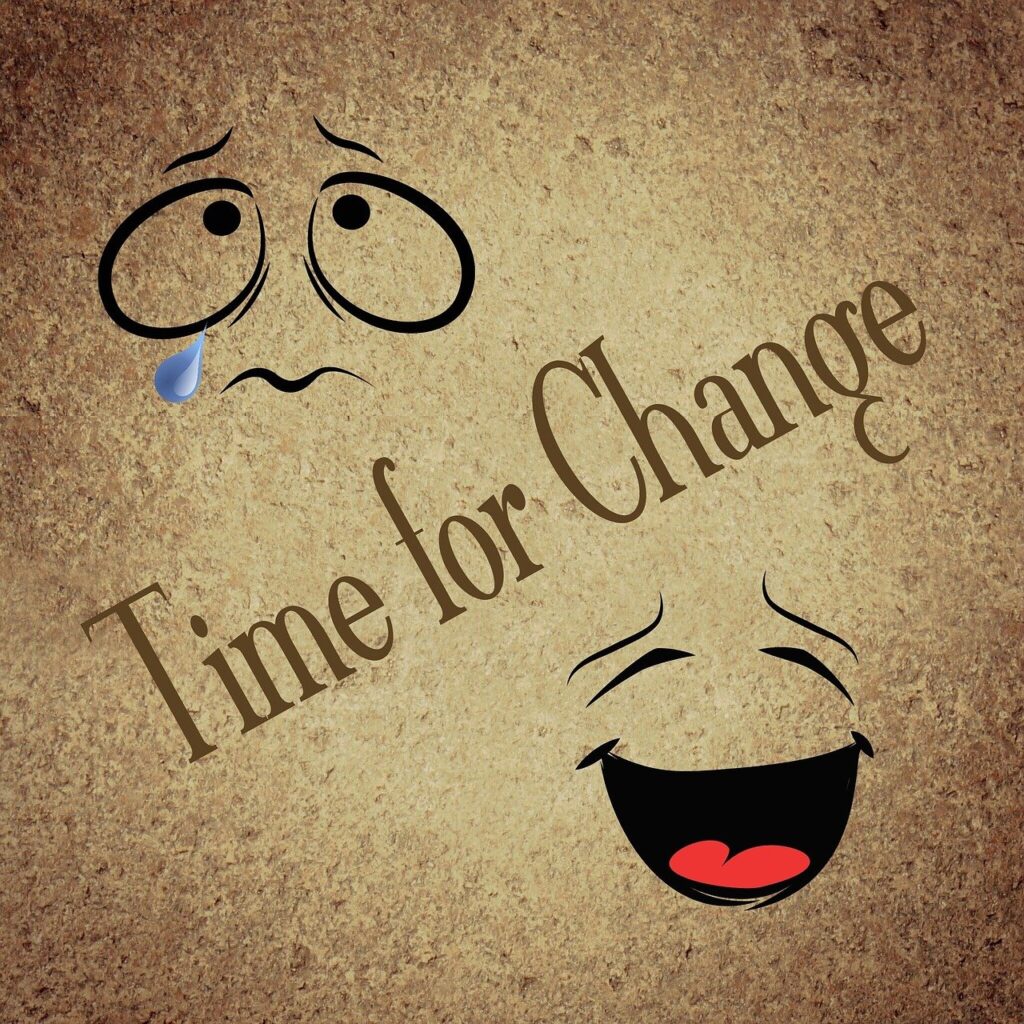
6. **Howard Storm’s Profound Transformation**
The encounter in the darkness and the subsequent rescue by Jesus irrevocably altered Howard Storm’s entire being. Reflecting on the harrowing experience, he came to a profound understanding of the nature of hell. He concluded that “The people who took me into that place of darkness were people just like me. They were people who had rejected God, rejected God’s love, and God gave them exactly what they wanted.” He firmly believes that “God doesn’t punish anybody. I believe God gives everybody exactly what they want.” Hell, as he experienced it, was “a place of continuous torment” created by people with nothing to do “except torment one another.”
Upon his return to life, Storm’s transformation was immediate and all-encompassing. He could no longer continue his life as it was. The staunch atheist gave up his tenured professorship and his role as art department chairman at North Kentucky University. He embraced Christianity, becoming a pastor at a small church, dedicating his life to sharing his extraordinary story and the lessons he learned. This conversion was not a gradual shift but a complete overhaul, driven by an experience that was “more than just some loose hallucination.”
His testimony, recounted in the Lee Strobel film “The Case for Heaven,” became a powerful witness to the reality of the spiritual realm. From a self-centered artist who believed he was his own god, Howard Storm became a humble servant of God, profoundly affected by the love he experienced in his near-death journey. His life became a living testament to the possibility of radical spiritual change, sparked by an encounter that defies all rational explanation, compelling him to warn others of what is at stake and to embrace the love he found.

7. **Bryan W. Melvin: The Vehement Atheist**
Bryan W. Melvin, much like Howard Storm, once dismissed the notion of faith entirely. Describing himself as a “vehement atheist,” he frequently challenged Christians, actively rejecting spiritual concepts. Despite his upbringing by Christian parents, Bryan’s convictions were firmly rooted in a materialist worldview, where the divine held no sway and religious narratives were viewed with profound skepticism.
His early life was characterized by intellectual defiance towards religious teachings. He openly mocked Christianity, a detail he later recounted as part of his past sinful behavior. This stark dismissal of faith established a clear baseline, underscoring how monumental the shift in his worldview would become after his life-altering experience.
For Bryan, the idea of divine judgment, eternal consequences, or even a benevolent God was simply outside the scope of his acceptance. This certainty made his eventual transformation all the more compelling, serving as a deeply inspiring testament to the unforeseen power of such encounters.

8. **The Illness That Led to “Death”**
Bryan’s life took a drastic turn at 22, working at a construction site in Tucson, Arizona, when he inadvertently consumed polluted water. This seemingly minor act triggered a cascade of life-threatening health complications. The water, tainted with “rust-coloured algae,” introduced a dangerous cocktail of illnesses into his system, an unforeseen event with profound spiritual consequences.
He was soon diagnosed with cholera, a severe bacterial infection, alongside a neurotoxin from the algae and a form of dysentery. The initial symptoms were debilitating, yet Bryan initially refused hospitalization when his housemates urgently urged him. His condition rapidly worsened, despite his reluctance for medical intervention.
After two agonizing days, Bryan battled the escalating illness alone. A temporary lull allowed him to encourage his friends to proceed with their trip, assuring them he was fine. However, as soon as they departed, the full force of his illness returned with overwhelming intensity. He collapsed onto his bed, and it was there, alone, that he “died” for an astonishing four hours, entering a realm that would shatter every one of his atheist convictions and reshape his entire existence.
Read more about: Kris Kristofferson’s Enduring Journey: A Deep Dive into the Life and Legacy of a Rugged Star

9. **A Blissful Out-of-Body Journey**
Bryan’s journey beyond the physical began with a classic near-death experience, one that initially defied the harrowing fate that would soon unfold. He described emerging from his physical body, “floating above” it with a heightened sense of awareness and vitality that surpassed any earthly sensation. This ethereal ascent continued as he passed effortlessly “through the ceiling” of his home, leaving his physical form behind.
He vividly recalled feeling “more alive than I am now,” a sensation of profound well-being filled with inexplicable joy and clarity. As he traversed a “dark void,” a beacon of light drew him forward, its distant glow a promise of something extraordinary. This celestial passage was accompanied by the most exquisite “beautiful music,” a harmony unlike anything he had ever heard.
Though the singing emanated in “a different language,” Bryan miraculously understood “every word,” experiencing deep peace and joy that transcended linguistic barriers. This serene introduction, however, was merely a prelude to a far more profound and terrifying confrontation with his life’s true spiritual state.
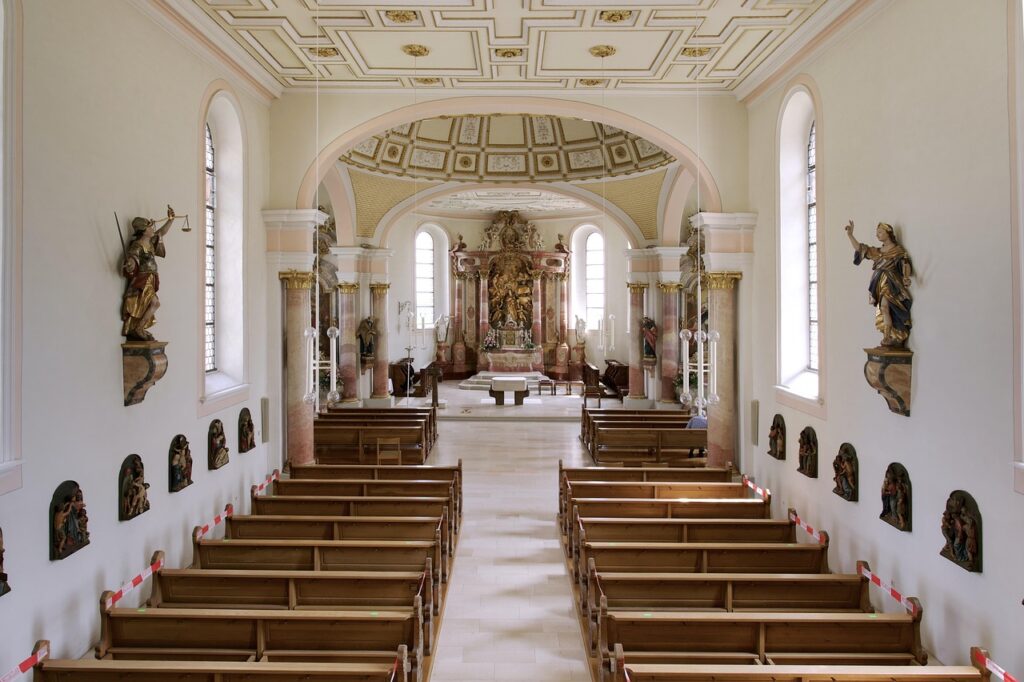
10. **The Reckoning and a Hideous Descent**
The serenity of Bryan’s initial NDE quickly dissolved as he approached a pivotal moment of divine confrontation. He understood with startling clarity that he was “heading toward a reckoning,” a deeply personal judgment, and that “God’s love was getting ready to judge me.” This wasn’t blissful acceptance, but a stark, unvarnished assessment of his earthly existence and choices.
A comprehensive review of his past sins unfolded, exposing acts of “stealing, backstabbing and openly mocking Christianity.” These transgressions of his atheist life were now laid bare in the presence of divine truth, revealing the spiritual weight of his former path.
He came face-to-face with a being he immediately recognized as Jesus, who informed him he was destined for an “overwhelming” place, and critically, that “An option for your return is yet to be decided.” This implied terrifying uncertainty, a suspension between two eternal states.
Bryan described the terrifying transition: “I was facing judgment and I couldn’t get out.” The “wall of this place of darkness opened up like a scroll,” plunging him into a “hideous tunnel.” This environment of intense sensory assault felt “like being inside a tornado,” swirling with oppressive heat, a “vile” and “awful” stench, and a cacophony of “laughter, slurping noises, screams, shrieks.” It was unequivocally “not a good place.”

11. **Hell’s Dominion: Cubes of Torment and Infamous Souls**
Bryan’s perception of hell, initially shaped by expectations of “devils, pitchforks and flames,” was dramatically subverted upon his arrival. Instead of a traditional fiery landscape, he first encountered a deceptive “house on a hill,” where figures emerged, momentarily fooling him into believing he was safe. This illusion quickly shattered as he found himself surrounded by “hideous-looking creatures,” including unsettling “lizard-looking things” and other “foul-looking beings” whose malevolence was palpable.
A particularly chilling moment involved an entity that “ripped open” the horizon “like a veil,” unleashing a visceral wave of intense heat. Bryan was then motioned into a confined space, a “cube, a square cube, a cell,” part of a much larger, sprawling, circular pit. This vast structure contained cells stacked “six high,” illuminated by the ominous glow of “red, molten rocks” and permeated by an overwhelming stench of “sulphur mixed with rotting and decay.”
Inside these countless cells, Bryan witnessed souls undergoing “just recompense,” suffering torments precisely mirroring the cruelty they had inflicted in their earthly lives. The “demons were taunting people” incessantly, systematically reenacting their past misdeeds and amplifying their suffering. He observed that while physical anguish was present, the “mental torture” often proved far worse and more enduring.
Among the multitude of suffering souls, Bryan distinctly recognized infamous historical figures. He specifically saw “Adolf Hitler, he was in a cell full of fire, burning.” He emphasized, with chilling clarity, that Hitler was literally “the one burning in the ovens,” a grim mirroring of his atrocities. In this place of absolute despair, Bryan understood with crushing certainty, “This was my permanent home. I knew I deserved this place. I was totally without hope.”
12. **The Rescued Atheist Becomes an Evangelical Christian**
Just as Bryan resigned himself to an eternity in this horrifying realm, an unexpected and profound intervention occurred. He suddenly felt a distinct presence behind him, one he instantly recognized as Jesus, identified by the distinctive holes in his wrists. In that critical moment, Bryan was “rescued,” carried out of hell, and wept “like I’ve never cried before” in a torrent of profound relief and overwhelming emotion, a true spiritual deliverance.
During their departure, Bryan recounted facing resistance from other malevolent entities who attempted to deceive him. However, Jesus unequivocally intervened with divine authority. “He blew on me and I went backwards,” Bryan vividly described, powerfully propelling him back through the black void and, as if guided by an unseen force, he “floated into my body feet first,” marking his return to the physical world.
He awoke in Tucson Hospital in excruciating pain. He had been found “ice cold” at his house, his body already exhibiting the “beginning stages of rigor mortis” and covered with bluish blotches, stark physical testaments to his harrowing ordeal. Doctors noted his “blood was viscous” and immediately provided intensive medical care.
Bryan’s physical recovery was gradual, and for a time, he relapsed into old, destructive behaviors. Yet, the vivid memory of hell and the undeniable love of Jesus proved too powerful to ignore. He made a heartfelt decision: “Lord Jesus, I never want to go back to that awful place… take me, I’m yours. You know, I owe you my life.” From that pivotal moment, everything changed. Today, Bryan W. Melvin, the former atheist, travels as an evangelical Christian, sharing his profound testimony and the lessons from “A Land Unknown: Hell’s Dominion,” a book he published in 2005. His life is a living testament to the transformative power of divine intervention, dedicated to warning others and offering hope to the “broken, battered, and bruised.”
**A Shared Message of Transformation and Hope**
The journeys of Howard Storm and Bryan W. Melvin, two men who started as staunch atheists and endured terrifying encounters beyond the veil of death, offer a powerful and consistent message. Their experiences, though distinct in their specific horrors and the details of their rescue, converge on a singular, profound truth: the undeniable reality of a spiritual realm, the accountability for one’s life choices, and the transformative power of divine love. These personal narratives, filled with raw emotion and unwavering conviction, challenge conventional understandings of life and death, inviting us all to reconsider the depths of human consciousness and the potential for radical spiritual awakening. Their lives, once self-focused and devoid of faith, now stand as beacons, urging others to seek a love that defies explanation and to embrace a path of hope, rather than yielding to the despair they so vividly encountered on the other side.



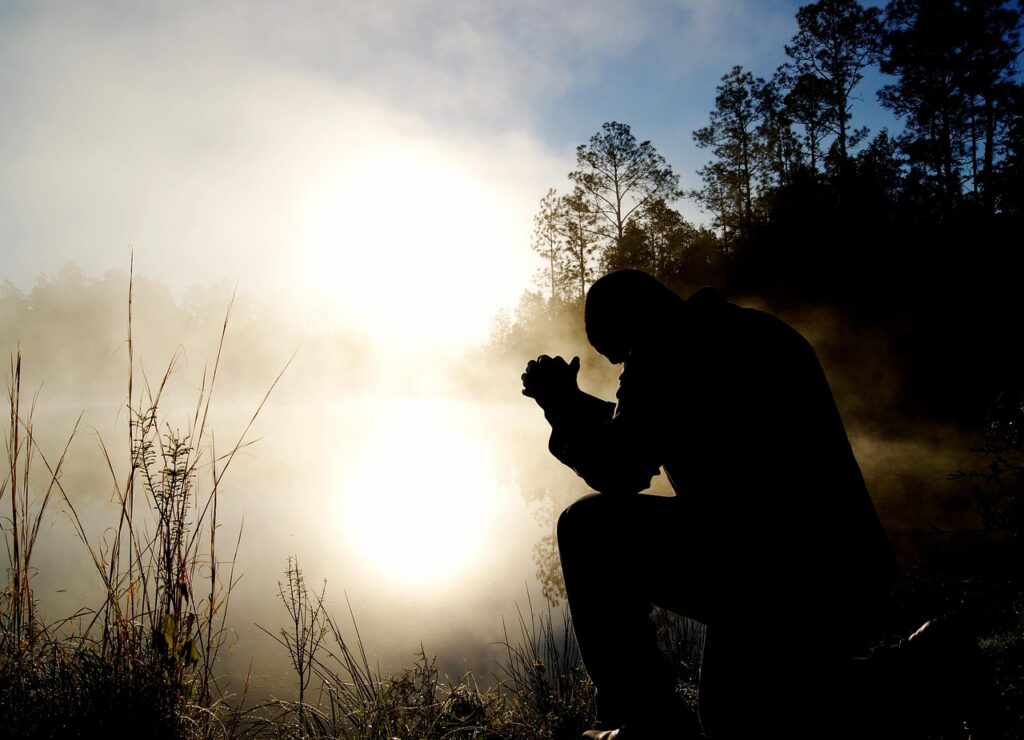

:max_bytes(150000):strip_icc():focal(737x230:739x232)/Multiretailer-Celebrity-Track-Pants-011325-01-c9599cb19b91422c9c4840253f7f3c92.jpg)

